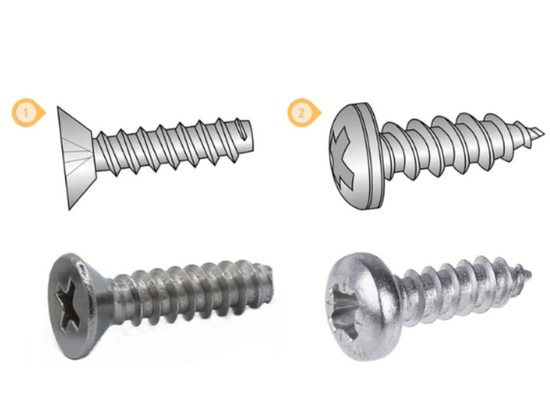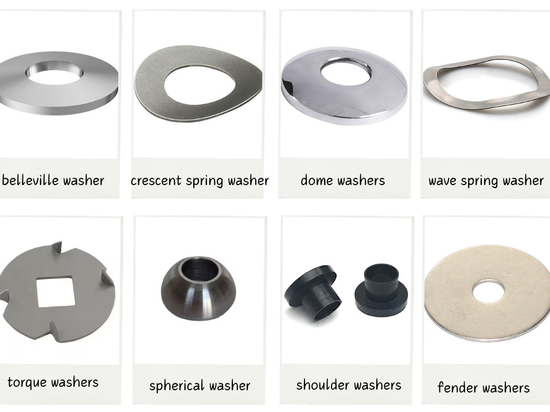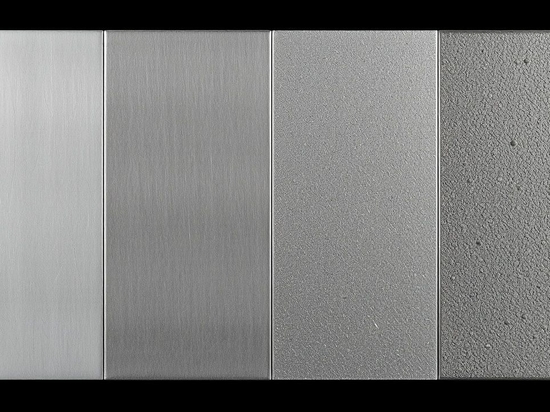
#Industry News
What Is Heat Treatment?
Basic process of heat treatment
Metal heat treatment includes heating, insulation and cooling, which changes its internal microstructure to achieve the desired physical and mechanical properties.
The atoms of metals are arranged in a special way, and they are affected by heat energy without destroying their solid structure. Most metal solids exist in nature as crystals. When metals cool, atoms begin to gather to form grains.
There are three basic steps in heat treatment: heating, insulation and cooling. Different heat treatment methods operate differently in these three steps.
Heating: Heating a metal to a specific temperature changes its internal structure. For example, iron is heated to a red-hot state when forging tools.
Insulation: Keeping a metal at a specific temperature for a period of time to further stabilize its internal structure.
Cooling: By controlling the cooling rate, the size of the metal grains and internal stress can be changed, thereby adjusting its properties. For example, rapidly cooling a heated metal can make it harder but more brittle.
Principles of heat treatment
Principles of phase change:
Solid-state phase change: Metal materials undergo phase changes within a specific temperature range, and one crystal structure transforms into another. For example, steel transforms from ferrite (body-centered cubic structure) to austenite (face-centered cubic structure) when heated, and to martensite (body-centered tetragonal structure) when cooled.
Diffusion process: At high temperatures, atoms diffuse more easily, making the distribution of different elements inside the metal more uniform, thereby improving the material properties.
Grain structure changes:
Recrystallization: By heating to a certain temperature (recrystallization temperature), the deformed grains can form new strain-free equiaxed grains, thereby eliminating work hardening.
Grain growth: During the period of high temperature holding, the grains will grow. Grain growth reduces the hardness and strength of the material, but increases plasticity and toughness.
Grain size affects metal properties:
Large grains: It is easier for atoms to move between each other, making the metal softer.
Small grains: It is more difficult for atoms to move between each other, making the metal harder.
By controlling the heating temperature and cooling rate, the grain size can be adjusted, thereby controlling the hardness and toughness of the metal.




